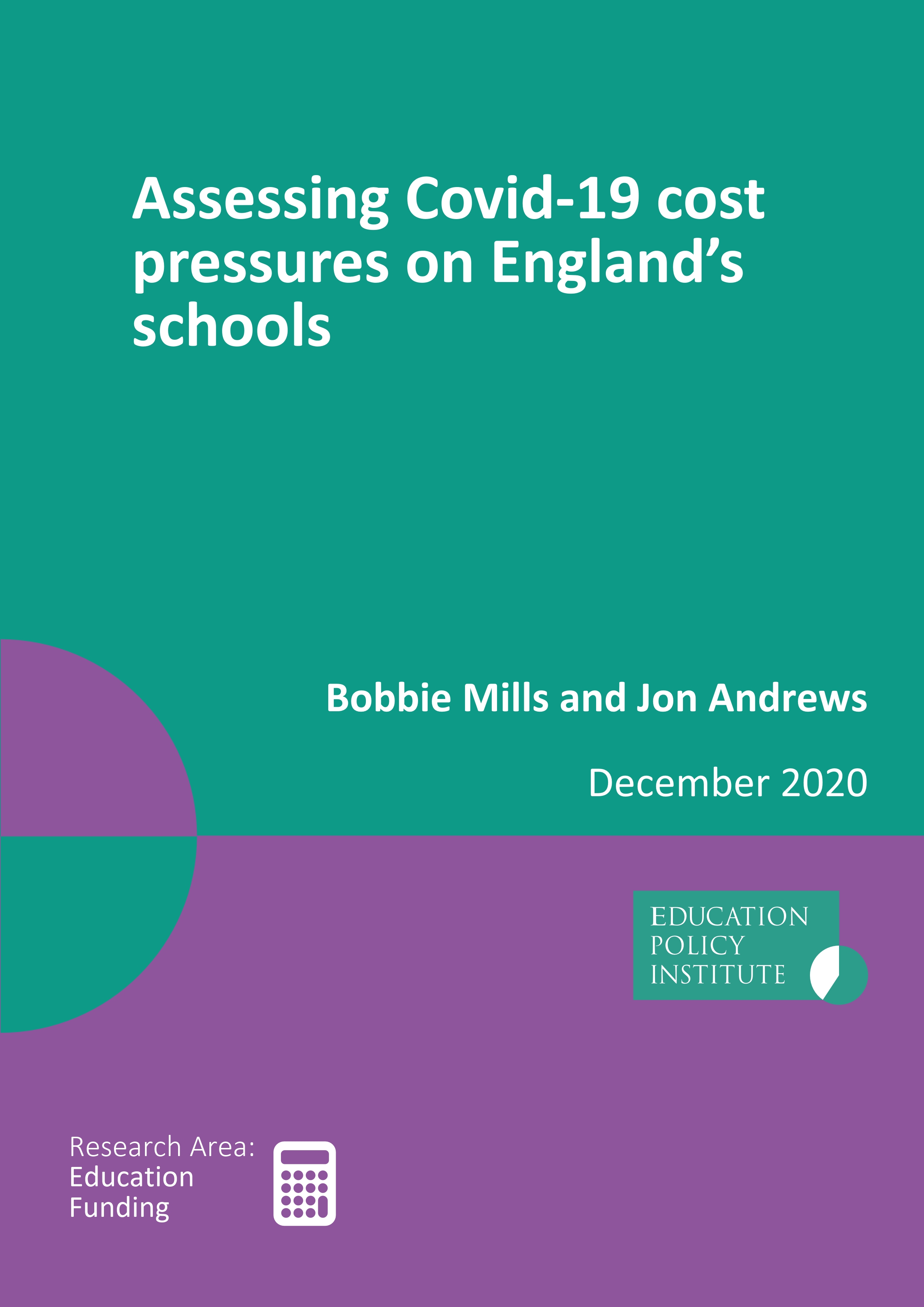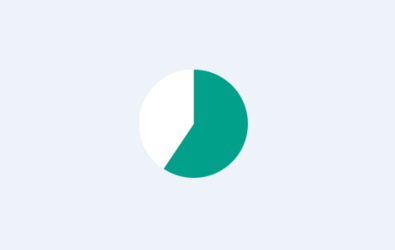This report by the Education Policy Institute (EPI) finds that less than a third (31%) of the additional costs facing schools as a result of the pandemic are covered by the government’s support fund.
The research finds that virtually all schools have had to spend more this year in order to operate in a ‘Covid-safe’ environment, with half of schools having to use their reserves and half unlikely to balance their budget by the end of the year.
The analysis, which is based on responses from over 700 schools covering March to November 2020, distributed through the Association of School and College Leaders (ASCL) and the National Association of Head Teachers (NAHT), finds that almost all schools reported extra expenditure on PPE and cleaning supplies, while a large majority faced additional costs from signage, digital equipment and handwashing facilities.
Schools have also spent more on teaching staff this year and this is expected to increase in the months ahead.
While the government has provided some financial relief to schools through its ‘exceptional cost fund’, EPI estimates that of the total Covid-related costs to schools in the country, the majority will not be met by the fund.
This means that many schools will still be facing a significant bill following the pandemic – a shortfall which amounts to £40 per pupil and which may force schools to make savings elsewhere. This shortfall is the equivalent of half the funding allocated by the Department for Education to schools to help pupils catch up with lost learning.
Significantly, while all schools have seen extra costs this year, these new findings indicate that the pressure of this additional expenditure will be felt most in schools with high levels of disadvantage.
Assessing Covid-19 cost pressures on England’s schools also demonstrates how these financial pressures are likely to have long-term consequences for schools. While the Chancellor confirmed significant additional funding for schools in last month’s Spending Review, the report finds that because of the pandemic, schools are now likely to face growing challenges in both income and expenditure in the months ahead.
You can download the full report here.
Key findings
The extent of schools’ Covid costs
Almost all schools have incurred additional expenditure as a direct result of the pandemic, in order to make their premises ‘Covid-safe’.
- Virtually all schools reported extra spending on PPE (95%) and cleaning supplies (99%), while the vast majority faced increased costs in signage (83%), digital equipment (81%) and handwashing facilities (73%).
- Since the start of the March lockdown, on average, primary schools’ non-staff costs increased by around £13,000, and secondary schools’ nearly £43,000 (similar on a per-pupil level). Schools expect to spend a similar amount during the rest of the year.
- There has also been increased spending on teaching staff, and this is expected to rise over the next year. On average, primary schools spent an extra £9,000 on teaching staff, compared to £15,000 in secondary schools. On a per pupil level, this is twice as high in primary than in secondary. Extra expenditure on teaching staff was greatest in the most disadvantaged schools.
- In addition to increased costs, 9 out of 10 schools have seen their incomes fall with more affluent schools seeing the biggest reductions. These schools are more likely to miss out on voluntary contributions or income derived from hiring out their facilities.
- Despite these pressures, a quarter of primary schools and half of secondary schools did report making some savings, largely on utilities.
Government funding to support schools through the pandemic
Schools can apply to the government’s ‘exceptional cost fund’ to help meet Covid-related costs. However, the majority of schools’ costs have not been covered by this fund.
- Based on school survey data, EPI estimates that of the combined total of all schools’ Covid-related costs in England, just under a third (31%) will be reimbursed by the government’s exceptional cost fund.
- This means that the majority of total Covid costs borne by all schools (69%) must be met by other sources. This shortfall amounts to around £40 per pupil nationwide, which could force schools to find savings elsewhere. £40 per pupil is the equivalent of half the funding allocated to schools to help pupils catch up with lost learning.
- In some schools, these per pupil costs could be even higher, as some will receive less government support, while many schools will not qualify for any government support at all.
Pupil catch up: funding and costs
As well as non-staff and staff Covid costs, schools have also incurred costs on programmes to help pupils catch up with their learning this year.
- The government has committed £1bn to schools aimed at helping pupils catch up with lost learning: £650m for a ‘catch up premium’, and a separate £350m to create a National Tutoring Programme.
- School survey data reflects uncertainty around whether schools are likely to end up spending more on pupil catch up programmes than they receive in government funding via the £650m catch up premium.
- However, evidence suggests that disadvantaged schools are more likely to face a shortfall with their catch-up funding, as they can expect to spend more than other schools. EPI has called for the £650m catch up premium to be far better targeted: under the government’s current plans, a school in an affluent area receives the same funding as a school in a poorer area.
- A third of schools reported that they have made plans to pay for subsidised tuition via the National Tutoring Programme (25% of primary and 40% of secondary schools).
The outlook for schools’ finances
The additional costs incurred as a result of the pandemic are likely to lead to a deterioration in the financial health of schools
- Over half (57%) of all schools are now using their reserves in order to meet Covid-related costs.
- A similar proportion of schools (48% of primaries and 50% secondaries) do not expect to have balanced their budget by the end of the year, which would represent an increase of around 10 percentage points on 2018/19 (the latest year for which data is available).
- While the government confirmed a commitment to significant additional funding for schools in last month’s Spending Review, funding remains below historic levels, and there is now strong evidence that as a result of the pandemic, schools are likely to face significant challenges in both their income and expenditure in the months ahead.



